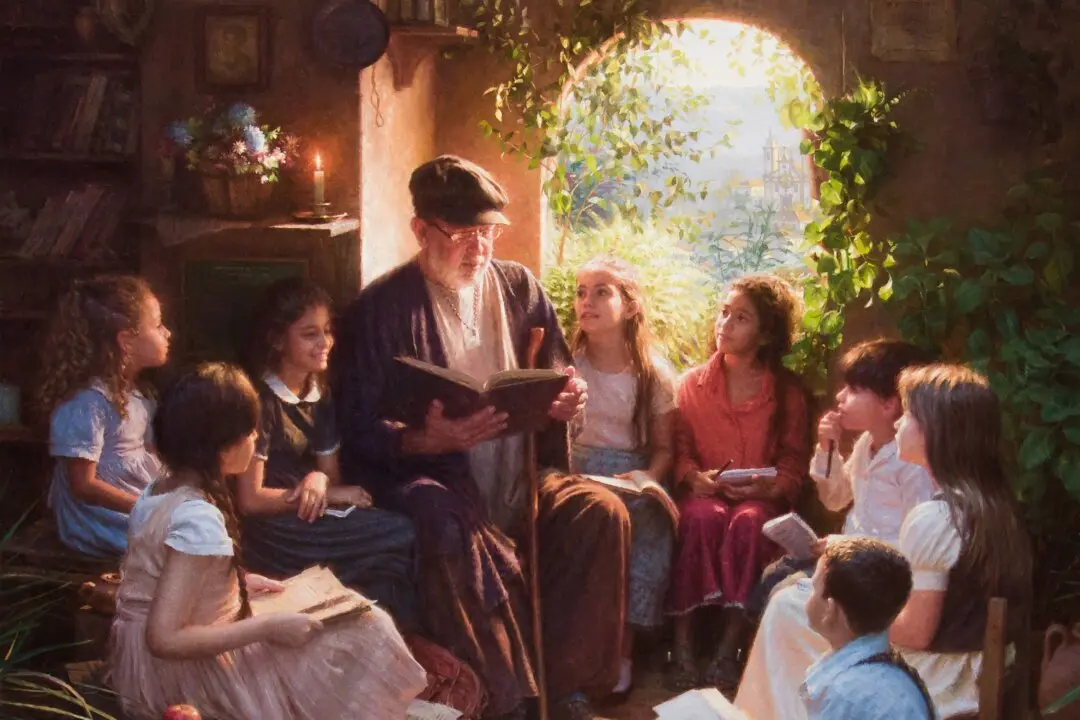WARSAW, Poland—Take a walk through Warsaw’s old town, and soon enough, you’ll meet King Sigismund III Vasa (1566–1632), who stands tall atop a column between the colorful old buildings and the pink façade of the Royal Castle.
Having been plundered, raised to the ground, and rebuilt several times, the Royal Castle in Warsaw today stands as a symbol of Polish patriotism, incorporating medieval, baroque, and neoclassical architectural styles with Polish panache.






